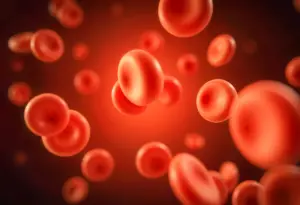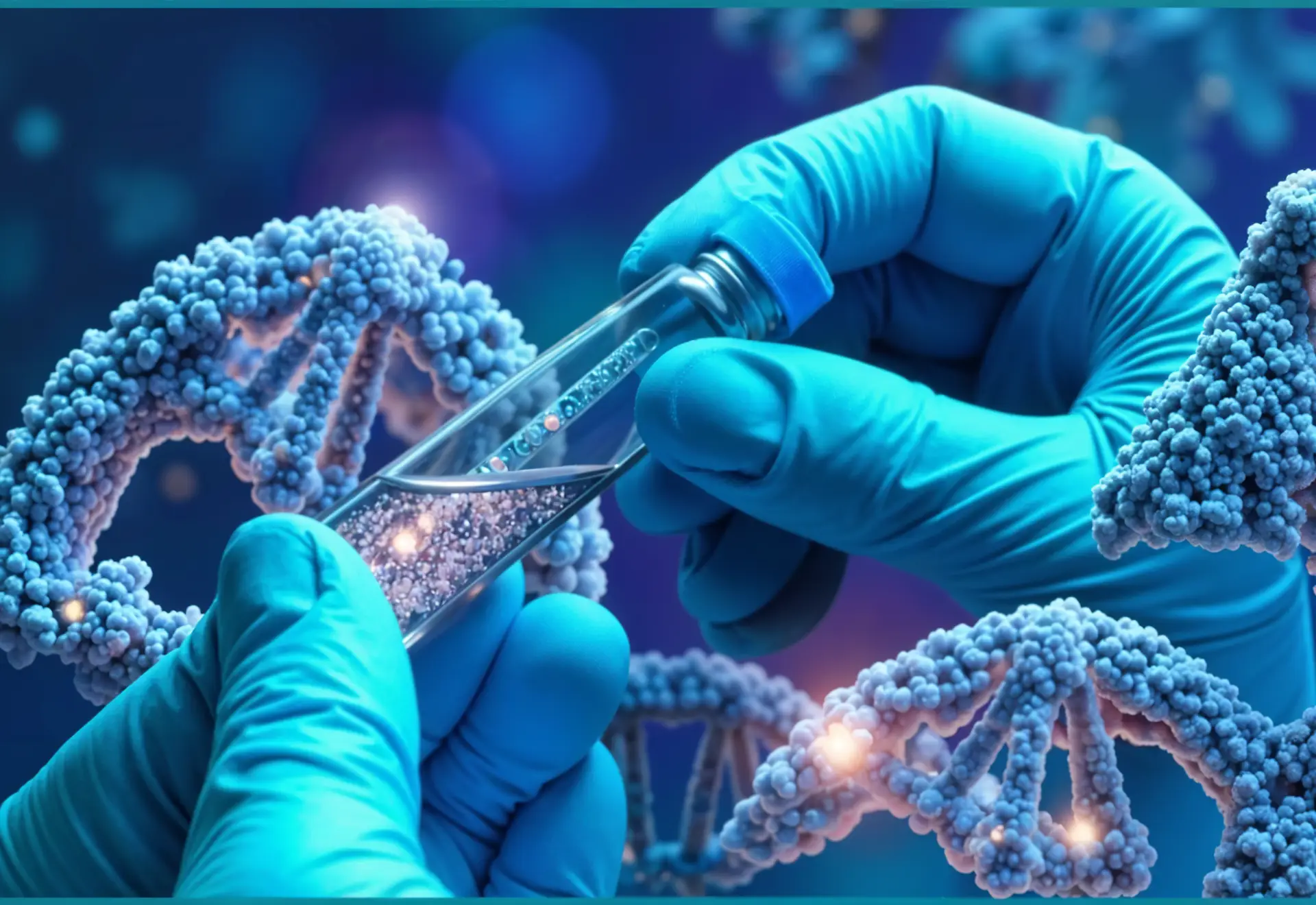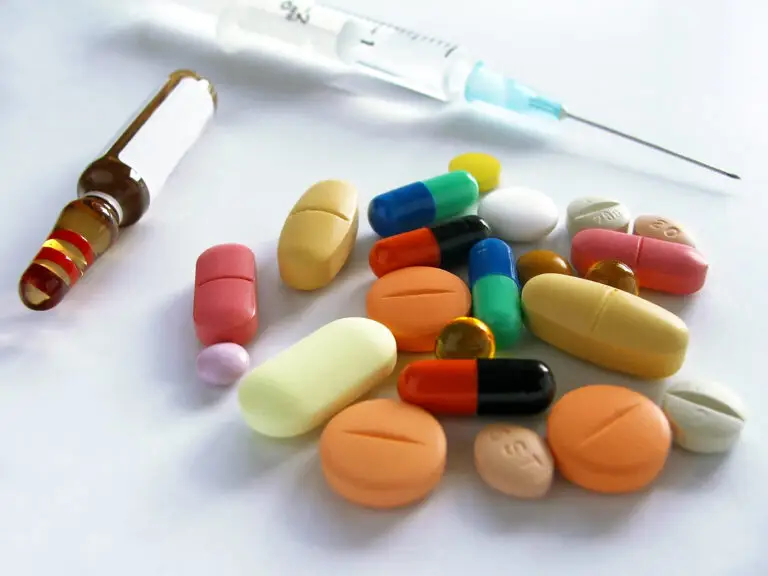In our body, hormones play the most important role in performing work, mostly through acting as messenger molecules that intervene in very essential processes like metabolism, reproduction, and mood regulation. One very important player, therefore, is Sex Hormone Binding Globulin normal range, a protein that binds the sex hormones in the body including testosterone and estrogen so that the hormonal levels are distributed in the correct proportions for well-being.
What Does The Normal Range Of Sex Hormone-binding Globulin Represent, And Why Is It Significant?
First of all, Sex Hormone Binding Globulin (SHBG) is an active regulator in terms of sex hormones due to its ability to bind with these hormones and determine their relative availability for use. Therefore, its regulation will significantly impact both sexes from metabolic fitness through sexual function. Normal SHBG varies by age, gender, and other physiological conditions; abnormal levels can be a reliable indicator of potential health risks.
Low Sex Hormone Binding Globulin normal range can be associated with disorders such as insulin resistance, metabolic syndrome, or polycystic ovary syndrome (PCOS). In contrast, high levels are typically linked with reduced risks of postmenopausal breast cancer and better cardiovascular health. Thus, knowing SHBG’s function, normal range, and how it changes under different conditions is important to ensure hormonal well-being. At The IV Lounge, we have complete hormone panels to help you monitor and maximize your SHBG levels.
Let’s dive a little bit deeper into what SHBG is, its roles, its link to health, and how to ensure your level is within normal range.
What Is Sex Hormone Binding Globulin (SHBG)?
Sex Hormone Binding Globulin is a glycoprotein, mainly secreted by the liver. It binds sex hormones such as testosterone and estrogen in the blood stream thus controlling their bioavailability. Sex Hormone Binding Globulin Normal Range ensures the appropriate amount of these hormones is released at the time of need as it acts as an important buffer.
There are two forms of hormones present in the blood, free and bound. Free hormones are biologically active, meaning they are capable of binding to tissues and elicit a biological response. However, those bound to SHBG are inanimate and only become biologically active once released.
The Balancing Act
Sex Hormone Binding Globulin normal range plays the role of balancing bioavailable hormones and bound hormones. A balance is crucial for healthy and normal activity in reproductive functions, metabolism, and even aspects related to mood.
What is normal SHBG?
Sex Hormone Binding Globulin normal range varies with gender, age, and physiological factors. The normal range among nonpregnant females is between 18 and 144 nmol/L. Like all SHBG levels, they fluctuate throughout life. Their peak level is seen during childhood, however it dips during puberty, then eventually stabilizes when adult.

Factors that Influence SHBG Normal Levels
Hormonal Changes: SHBG increases and decreases in the presence of estrogen and testosterone. For example, estrogen will increase SHBG whereas testosterone can even drop its levels.
- Life Cycle: Puberty, pregnancy, menopause, and aging can affect SHBG.
- Ethnicity: Some variations of SHBG can be observed in scientific studies among races. Most of these variations occur within the range of normal values.
- Health Conditions: Low levels of SHBG are seen in health conditions such as PCOS and metabolic syndrome.
Role of SHBG in Women’s Health
SHBG plays a crucial role in women’s health, particularly in the regulation of testosterone and estrogen levels. It impacts several key areas:
Reproductive Health
SHBG ensures that sex hormones are available in appropriate amounts for reproductive processes. Women with low SHBG levels often experience hormonal imbalances that can lead to conditions like PCOS, characterized by irregular menstrual cycles, acne, and excessive hair growth.
Breast Cancer Risk
It has been observed that higher levels of SHBG are associated with lower risks of postmenopausal breast cancer. This has to do with the fact that SHBG binds with estrogen, making it less available for cancer cell growth stimulation.
Metabolic Health
SHBG levels correlate with metabolic status. Low levels have been associated with insulin resistance and type 2 diabetes, whereas higher levels are generally associated with better metabolic health.
Fluctuations during the Menstrual Cycle
The level of SHBG may vary within the menstrual cycle, peaking usually at ovulation. This is because of variations in estrogen, which peaks shortly before ovulation.
Low SHBG Levels: Causes and Consequences
- A low level of SHBG puts a person in a state of increased availability of sex hormones such as testosterone and estrogen, causing potential health risks.
- Common causes of low SHBG levels
- Insulin resistance or metabolic syndrome
- Obesity or extreme weight gain
- PCOS
- Androgen-mediated hormonal imbalances

Low SHBG and Its Health Impact
- Hormonal Imbalance: High level of testosterone could lead to such conditions as acne, hirsutism, and irregular periods in women.
- Metabolic Imbalance: Low levels of SHBG are linked with an increased risk for developing type 2 diabetes as well as diseases of the heart and blood vessels.
- Reproductive System: Hormonal imbalance in the sex hormones could lead to infertility and lower sexual desire due to low SHBG.
SHBG and Contraception-Pill
Hormonal contraceptive types, that is, the pill or even the implant affect SHBG values extremely greatly.
- Estrogen-Based Methods: Because these contain estrogen, generally, oral contraceptive pills, patch, and ring are on an increase in SHBG.
- Progestin-Only Methods: Mini-pill, implant, or hormonal intrauterine device often reduce SHBG.
Understanding how a birth control alters SHBG helps explain side effects such as altering libido or an increase in blood clotting.
Ideal SHBG levels
Keeping the balance of SHBG within healthy ranges is integral to your well-being. For maintaining this kind of balance here are some:
- Healthy Weight: Low SHBG levels are related to obesity. So, one should maintain healthy weight through diet and exercise.
- Balanced Diet: A diet with more whole foods, lean proteins, and healthy fats will help one maintain optimal levels of SHBG.
- Medical Monitoring: Regular hormone testing can check the levels of SHBG in the body, especially in PCOS, metabolic syndrome, and other hormonal disorders.
Empower Your Health with SHBG Testing
The basis of hormonal health is understanding your SHBG levels. At The IV Lounge, we offer full blood panels of testing on Women’s Hormone Panels and Men’s Hormone Panels that include SHBG. These panels can provide great insight into the hormone levels that may be going wrong and thus take proactive steps toward better health.
Whether you’re managing a condition like PCOS, exploring the impact of hormonal birth control, or optimizing your overall health, knowing your sex hormone binding globulin normal range is essential. Take charge of your wellness journey with tailored hormone testing and personalized guidance at The IV Lounge.












